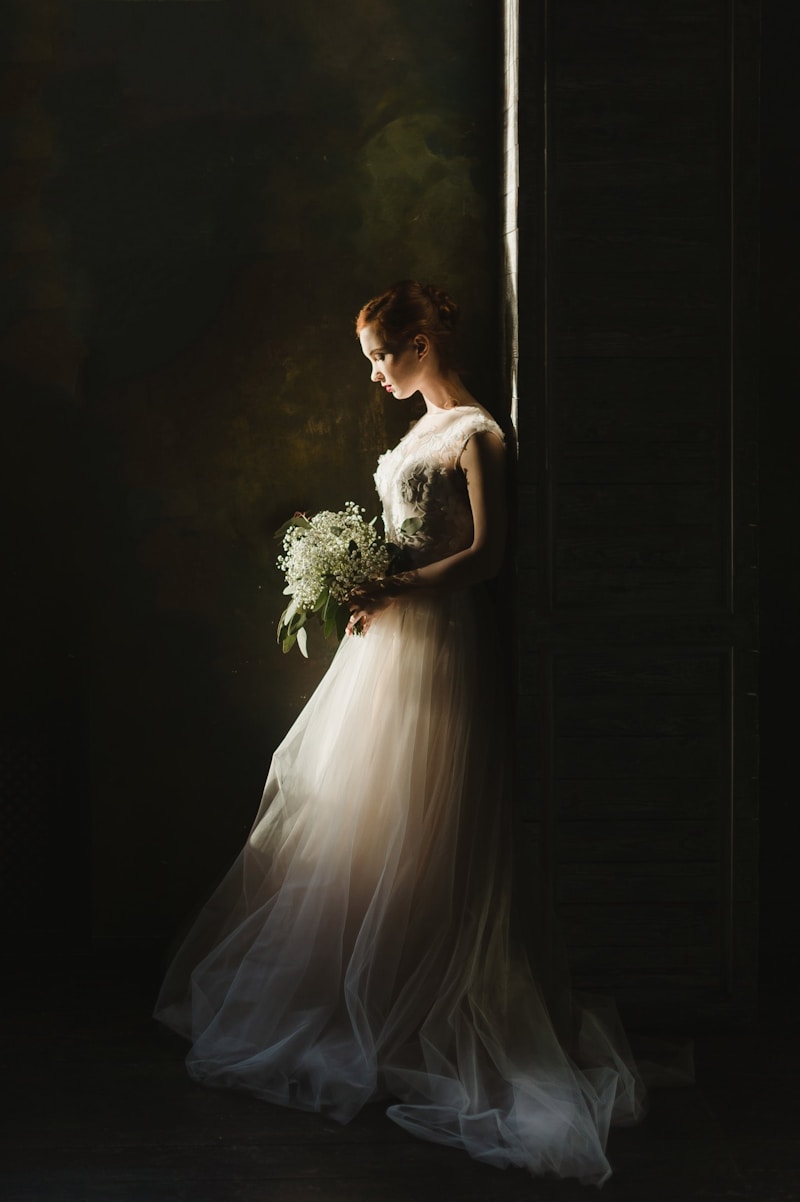Transforming Bridal Aesthetics with Unique Textiles
Transforming Bridal Aesthetics with Unique Textiles
The world of bridal fashion is constantly evolving, and one of the most exciting trends in recent years has been the use of unique textiles to transform traditional bridal aesthetics. Brides today are moving beyond the standard silk and satin fabrics to incorporate innovative materials that enhance their individual style and personality. In this article, we will explore various unique textiles, their origins, and how they are reshaping the bridal fashion landscape.
The Rise of Unique Textiles in Bridal Fashion
Brides are increasingly seeking ways to make their big day truly special. By opting for unique textiles, they are not only differentiating themselves from the crowd but also embracing a sustainable and ethical approach to fashion. Unique textiles can range from eco-friendly fabrics to cultural textiles that tell a story.

Types of Unique Textiles
| Textile | Description | Use in Bridal Wear |
| Organza | A thin, plain weave, sheer fabric made from silk or synthetic fibers. | Often used for overlays and soft, romantic silhouettes. |
| Lace | A delicate fabric made from threads of cotton, silk, or synthetic fibers, usually featuring intricate patterns. | Popular for creating ethereal and timeless designs. |
| Velvet | A luxurious fabric with a soft texture, often made from silk or polyester. | Ideal for autumn and winter weddings due to its rich look and feel. |
| Tulle | A lightweight, net-like fabric commonly made from nylon or silk. | Frequently used for petticoats or as a veil material. |
| Chiffon | A lightweight, flowy fabric known for its transparent qualities. | Great for layering and creating drama in an outfit. |
Popular Trends in Textile Choices
Fashion designers are becoming increasingly innovative with their textile choices. Here are some of the popular trends that are shaping bridal aesthetics:
1. Sustainable Fabrics
With growing awareness about environmental issues, many brides are opting for sustainable textile choices. Fabrics made from organic cotton, Tencel, and recycled materials are gaining popularity. These fabrics not only minimize ecological footprint but also add a unique touch to bridal gowns.
2. Handwoven Fabrics
Brides are increasingly turning to handwoven textiles, especially those originating from various cultures around the world. These fabrics often carry unique patterns and rich histories, making them perfect for a personalized wedding look. For instance, traditional Indian silk or African kanga can add a vibrant flair to wedding attire.
3. Bold Prints and Patterns
Gone are the days of plain white gowns! Modern brides are embracing bold prints and patterns that reflect their personality. Floral prints, geometric shapes, and colorful textiles can be perfect for non-traditional weddings, showcasing creativity and self-expression.
Cultural Significance of Textiles
Textiles hold significant cultural importance in many societies. Incorporating unique fabrics in bridal wear can also celebrate a couple’s heritage. For instance, a bride of Indian descent may choose a lehenga made from luxurious brocade, while a bride from West Africa might opt for a colorful kente cloth. Understanding the cultural significance of these textiles adds depth to the bridal outfit.
The Role of Textile Artisans
Behind each unique fabric is the skill and artistry of textile artisans. Supporting these artisans means preserving traditional techniques and promoting ethical practices. Couples choosing to work with local artisans for their wedding attire can help create beautiful, one-of-a-kind pieces while contributing positively to local economies.
Impact of Technology on Textile Selection
Advancements in technology are also transforming bridal aesthetics. Innovative textile technologies, such as 3D printing, are allowing designers to create intricate patterns and embellishments that were previously unimaginable. This not only enhances the aesthetics but also promotes customization, enabling brides to choose garments that truly reflect their unique vision.
Choosing the Right Textile for Your Wedding
Selecting the right textile for your bridal gown can be overwhelming. Here are some tips to help you make the best choice:
- Consider the Season: Light, airy fabrics like chiffon and tulle work well for summer, while warmer textiles like velvet are great for winter weddings.
- Reflect Your Style: Choose textiles that resonate with your personal style. Whether it’s a bold print or a delicate lace, your gown should reflect who you are.
- Think About Comfort: While aesthetics are important, comfort should not be overlooked. Ensure that the chosen fabric allows for ease of movement on your special day.
- Don’t Forget the Venue: Take into consideration the setting of your wedding. For a beach wedding, lighter fabrics are ideal, whereas a formal venue might allow for more luxurious options.
Conclusion: The Future of Bridal Aesthetics
As the bridal fashion industry continues to evolve, unique textiles will play a pivotal role in shaping the future of bridal aesthetics. By embracing diverse materials and sustainable practices, couples can create personalized and meaningful wedding experiences. Remember, your wedding attire is not just about the fabric; it's about the story it tells and the love it represents. So, when planning your bridal look, consider exploring unique textiles that resonate with your journey as a couple.
Final Note: When choosing unique textiles for your bridal wear, keep in mind the cultural significance, sustainability, and comfort. These elements will not only enhance the aesthetics of your wedding but also contribute positively to the industry as a whole.
